Báo cáo nghiên cứu của các Bác sĩ Bệnh viện Trung Ương quân đội 108 về Laser Pico giây
Melasma is a commonly acquired, chronic hyperpigmentary disorder characterized by localized, symmetrical, irregular, and light-to-dark brown macules occurring in sun-exposed areas of the skin, particularly on the face. The condition is most commonly observed in females in their thirties with a higher prominence in darker skin types, especially Asians. The pathogenesis of melasma is very complicated and has not yet been fully elucidated, which as a result challenges in management of the condition.[1] Since 1983, based on Anderson and Parrish’s concept of selective photothermolysis,[2] Q-switched laser (nanosecond pulse width) has been the gold standard for treatment of hyperpigmentation including melasma, in addition to topical lightening agents.[3] Some authors had been combining Q-switched laser with microsecond Nd:YAG 1064 nm laser in order to reduce the side effects of laser toning.[4] Over the past few years, the picosecond-pulsed laser systems were introduced with shortening pulse durations creating a largely photomechanical effect on the targeted tissue with the subsequent hypothesis that applying a 1064 nm picosecond Nd:YAG (PSNY) laser to treat melasma should achieve better result compared to Q-switched Nd:YAG (QSNY) laser.[56]
Ref: https://journals.lww.com/jcas/fulltext/2021/14010/dual_toning_method_with_the_combination_of.15.aspx
Giới hạn tin theo ngày:





















